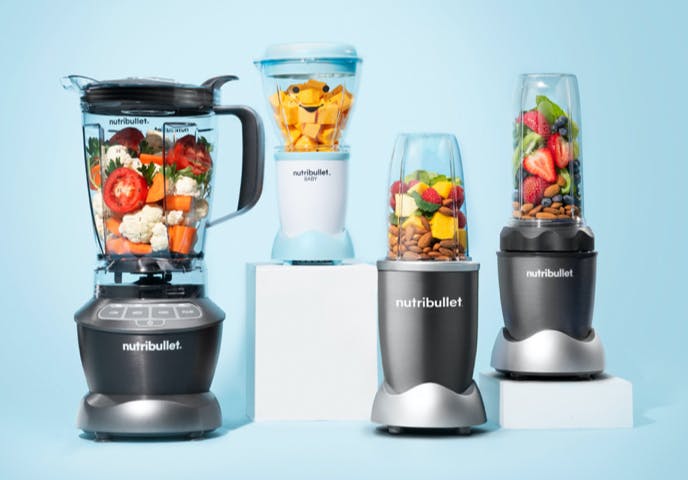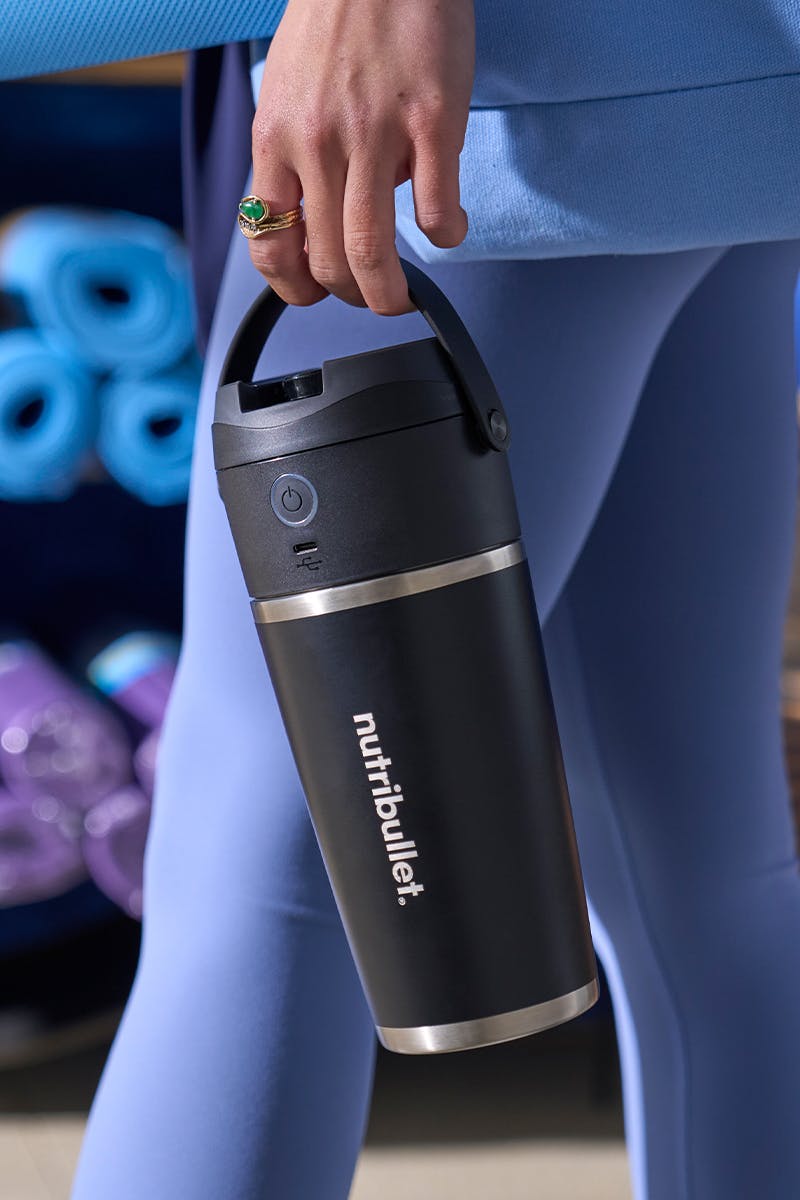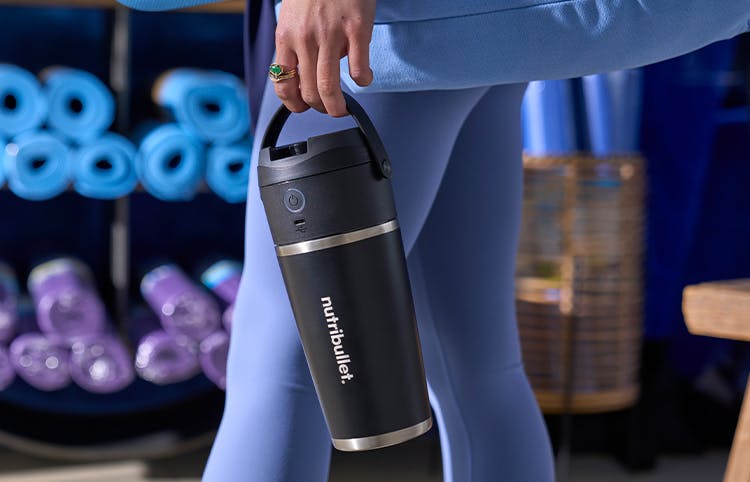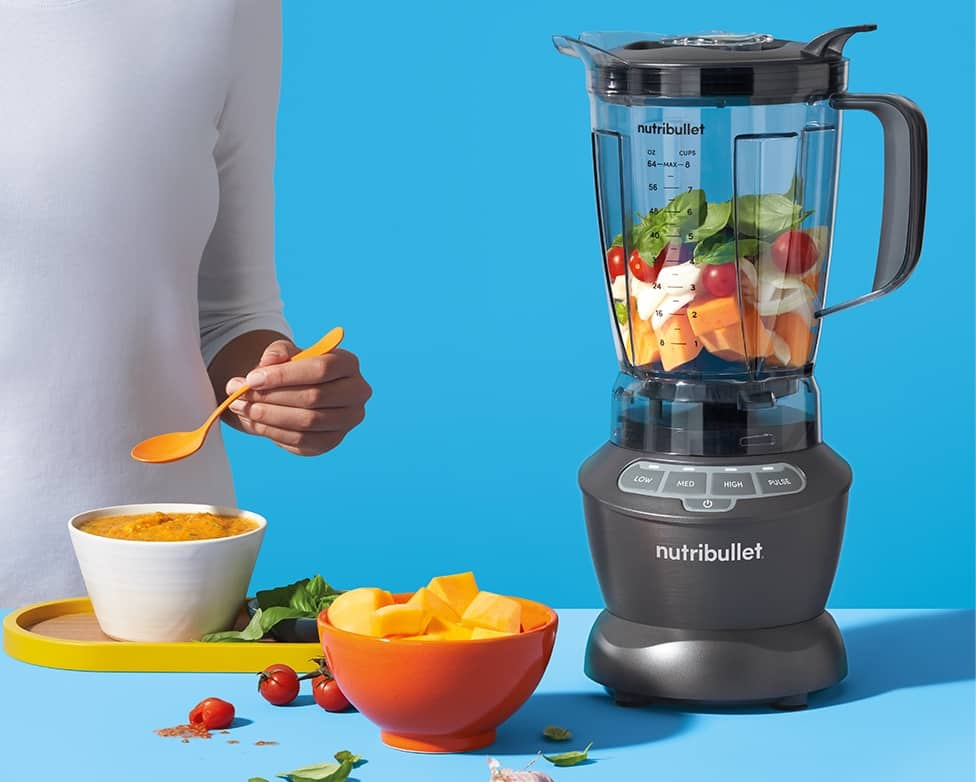As parents, there is no end to the options we must consider when it comes to raising our children. From choosing our little one’s pediatrician to establishing their naptime routine to figuring out childcare, and everything in between, the mental load for raising kids always seems to be set at capacity. As soon our babies graduate to solid food at around 6 months, one of the biggest recurring questions becomes “what’s on the menu?”
And while there’s no shortage of information and advice (even the unsolicited kind) from experts and well-intended individuals on how and what to feed your kids, our philosophy for feeding little ones mirrors the philosophy we advocate for feeding ourselves: eating a variety of wholesome, minimally processed foods with as little stress or fuss as possible. With children, there are also a few other factors to consider. Here are a few general principles that can be helpful to draw from when starting your baby on solid foods:
- Focus on variety. In these early months, variety is key when it comes to feeding babies so they can be exposed to an array of flavors, textures, and nutrients. It’s often why we hear the phrase “eat the rainbow.” Fruits and vegetables get their bright hues thanks to the various phytochemicals – health-promoting compounds — that appear in different concentrations within them. These compounds help to tame inflammation and promote optimal well-being, and different colors point to different types of phytochemicals, each of which is associated with a particular set of health benefits. Eating many different colors of fruits and veggies ensures that you’re getting a good mix of beneficial phytochemicals in your diet. Variety also helps to reduce picky eating, which is a common and normal part of development among toddlers.
- Prioritize iron. Babies are born with iron stores, but at around 6 months of age, these stores start to become depleted, at which point they’ll need to receive iron from an external source. According to the Academy of Pediatrics, infants aged 0-6 months need 0.25mg of iron daily while infants aged 6-12 months need 11mg/day.1 Aside from iron-fortified cereals and formula, babies can receive iron from animal proteins like red meat, chicken, and fatty fish (salmon, sardines, etc.) as well as from plant-based foods like beans, lentils, and leafy greens. It’s important to serve plant-based sources of iron alongside foods rich in vitamin-C to increase absorption.
- Role model. As parents or caregivers, it can be helpful to understand the division of responsibilities at mealtimes: it’s our job to decide what food to serve and when; it’s our babies’ job to decide if and how much they want to eat. Mealtimes are a new, exciting time for a baby and they’re more fun for all of us if we can take a little of the pressure off.
An additional note to consider: Infants and children commonly experience allergies and because of this, we generally recommend introducing new foods one at a time in the early months. That way, you can closely monitor your baby for any reactions. Please consult with your pediatrician for any specific questions or concerns.
Below are some of our favorite nutrient-rich recipes you can easily whip up in your nutribullet Baby® Steam + Blend. And if you’re looking for first meal ideas, we’ve got you covered there, too.
Butternut squash & red lentil soup. Legumes including lentils and beans are one of the most underrated foods for babies (and adults, for that matter). Not only are they shelf-stable and affordable, they’re also a plant-based source of iron that’s also packed with beneficial fiber.
Yogurt, berries, & chia seeds. You’ll want to limit added sugar and salt during the first year of your baby’s life, so flavoring plain, tangy yogurt with fresh fruit is a great way to add sweetness and nutrition. Mix in some chia seeds to pump up the iron content of this classic combination.
Chicken, brown rice, & carrot. When your baby can start handling chunky textures, that’s when the fun really begins. This complete meal contains fiber, protein, and vitamin A, which supports eye and immune health. The best part? It’s made with foods that grown-ups want to eat, too.
References:
- https://www.cdc.gov/breastfeeding/pdf/aap-clinical-report-diagnosis-and-prevention-of-iron-2010.pdf



















